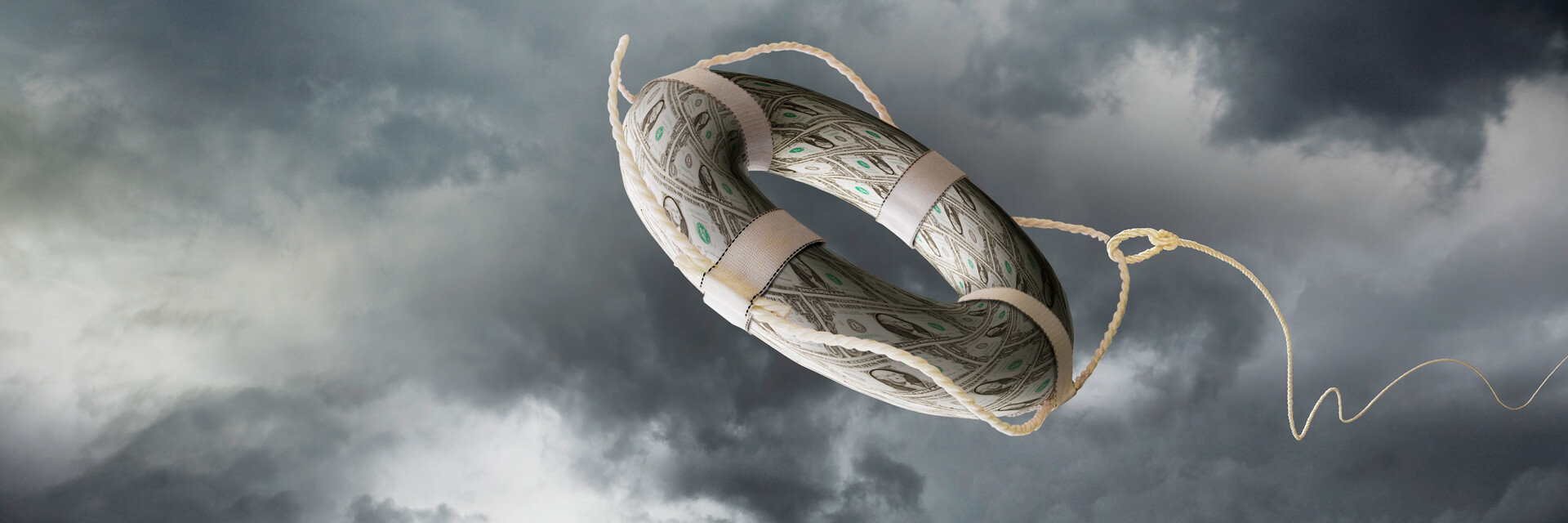
Keeping Your Business Healthy During a Public Health Crisis
- Published
- Mar 6, 2020
- By
- Hubert Klein
- Topics
- Share
Disasters can cause major setbacks for businesses. We typically think of disasters as natural (e.g., hurricanes, tornadoes and earthquakes). However, the COVID-19 outbreak is and should be classified as a disaster, with its impact on worldwide commerce no less devastating. If a business does not have a preparedness plan in place to protect employees and secure assets, resuming operations can take much longer than expected. Having a continuity plan is equally important and can help ensure that a business keeps running in the disaster’s aftermath.
Communicate via a Crisis Team
Crises can impact every aspect of the business. The appropriate and timely actions taken by senior management are vital to a smooth continuation of operations. The most important thing to remember during a crisis is that communication needs to be honest, open and timely—with everyone in the company aware of their roles. The established crisis team should keep the company, clients and the public-at-large informed via regular updates and be ready to field concerns and questions that may arise.
Encourage Facts and Planning Over Fear
Crisis can lead to rampant rumors and unfounded fears. The crisis team needs to emphasize data points over fear mongering and ensure stakeholders that there is a continuity plan. Hypothesize over different scenarios and how they could impact the business in both the short and long terms. Should a true crisis hit, it is easier to turn to at-the-ready facts and review the discussed scenarios than trying to come up with a plan on the fly.
A typical business continuity plan involves the following:
- Analysis of organizational threats.
- A list of the primary tasks required to keep the organization’s operations flowing.
- Easily located management contact information.
- Explanation and communication of where personnel should go and how they should act in the event of a disaster.
- A plan for data backups.
- Collaboration, buy-in and input among all facets of the organization.
By creating and using a continuity plan, an organization can also protect itself from the potential risk of bad actors who unfortunately will use a disaster (and the accompanying misinformation and fear) as an opportunity to commit some sort of fraudulent act.
Business Recovery
Depending on the circumstances, it may take weeks or months for a business to get up and running after a disaster. Businesses, large and small, cannot afford a prolonged shutdown of operations and, thus, need to be proactive in disaster recovery planning. From identifying potential risks and performing a business impact analysis to developing strategies and testing plans, these steps are crucial components of a resiliency plan.
In creating a recovery strategy, organizations should consider:
- Monetary Needs – Plan an operating budget and cash-flow needs for different scenarios, focusing on lengths of downtime and a slowed rate of business.
- Management Team Coordination – Confirm that all duties and responsibilities are clear.
- Technology Needs – Ensure that all data and hardware are backed up and that staff have the information they need, including the ability to access on-site and remotely.
- Suppliers – Have contingency plans in place in case your supply chain is also adversely impacted by the crisis.
Check out our accompanying article on filing business interruption insurance claims as a result of a public health crisis.
What's on Your Mind?
Start a conversation with Hubert
Receive the latest business insights, analysis, and perspectives from EisnerAmper professionals.











